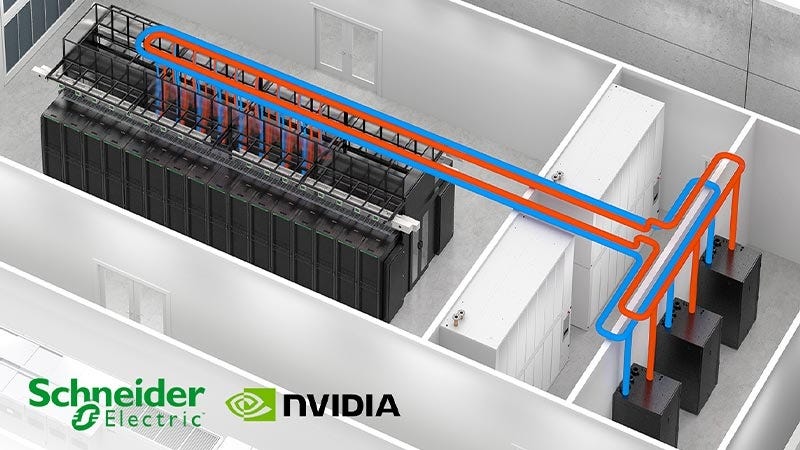How Data Center Reference Design Can Streamline Your Infrastructure PlanningHow Data Center Reference Design Can Streamline Your Infrastructure Planning
Discover how a data center reference design could optimize your setup, along with the key benefits and limitations of this approach.

Designing a data center can be tough. But you don’t have to start from scratch. Instead, you can take advantage of a data center reference design, which provides guidance on how to arrange and configure the various types of equipment inside data centers.
Here’s a look at how data center reference designs work, why you may (or may not) want to use them, and where to find reference design resources for the data center industry.
What is a Data Center Reference Design?
A data center reference design is a plan for setting up physical systems inside a data center. Typically, reference designs cover mechanical systems (like HVAC), power systems and IT equipment – although in some cases, reference designs have a narrower focus. They may deal only with networking setups, for example.
While the exact components of data center reference designs vary, they usually include:
A description of the physical layout of various types of equipment found inside the facility.
Diagrams that detail the electrical, plumbing and other connections necessary to integrate equipment.
Inventories of the equipment necessary to implement the reference design.
What is the Purpose of Reference Designs for Data Centers?
The goal of data center reference designs is to provide a starting point that data center architects and technicians can use to determine how to configure facilities. Because reference designs are based on generally accepted best practices, they can help to ensure that the actual layout of equipment within a facility promotes efficiency and reliability.

Data center reference designs offer detailed layouts and system configurations to optimize infrastructure planning and implementation (Image: Alamy)
In addition, reference designs can save time because architects don’t have to plan an entire facility from scratch. That’s an especially important advantage given the rapid pace of growth within the data center industry. As more data centers come online, reference guides are likely to play an important role in helping facility operators get them up and running quickly.
Limitations of Data Center Reference Designs
While data center reference designs offer advantages, they also come with some limitations:
Difficulty of adapting existing facilities to fit a reference design: If your data center already exists, it may be challenging to configure it in a way that fits a reference design. For example, HVAC or power systems may be located in a different part of the data center from where the reference design proposes and moving them to fit the design would be too costly.
Limited customizability: Reference designs don’t always meet the requirements of organizations with custom data center needs. And while you can always deviate from the reference design to support custom requirements, the more you deviate, the less value the reference design has to offer. For maximum customization, it’s best to engineer everything from scratch.
Vendor-specific designs: Often, data center reference designs assume businesses will use equipment from certain vendors, making it challenging to deploy other types of equipment.
Assumption that users control all data center aspects: Reference designs usually assume that the companies that use them have full control over data center facilities. This makes reference designs useful if you’re a data center operator, but less useful for businesses that are simply deploying IT equipment inside a colocation facility – in which case you would typically have limited, if any, control over power and HVAC systems. These are managed by the colocation provider, not its customers.
These limitations mean that data center reference designs typically don’t work well if you need a highly customized setup, you don’t want to be wed to a specific vendor and/or you just want to deploy servers inside an existing data center, as opposed to configuring other systems in addition to IT equipment.

Schneider Electric has partnered with Nvidia to create reference designs for deploying modern AI clusters at scale (Image: Schneider Electric)
Where to Find Data Center Reference Designs
Publicly available data center reference designs are not abundant, but you can find them in a few places:
Schneider Electric offers the largest selection of reference designs for data centers that are relatively generic (meaning they generally don’t assume that you’ll be using specific types of equipment).
Cisco offers a selection of data center design guides, most of which center on implementing specific products or platforms.
Avnet provides an inventory of reference designs, mostly related to deploying its products inside data centers and other locations.
Juniper maintains a library of validated data center designs, although they deal primarily with network design and configuration, not broader data center design.
About the Author
You May Also Like









